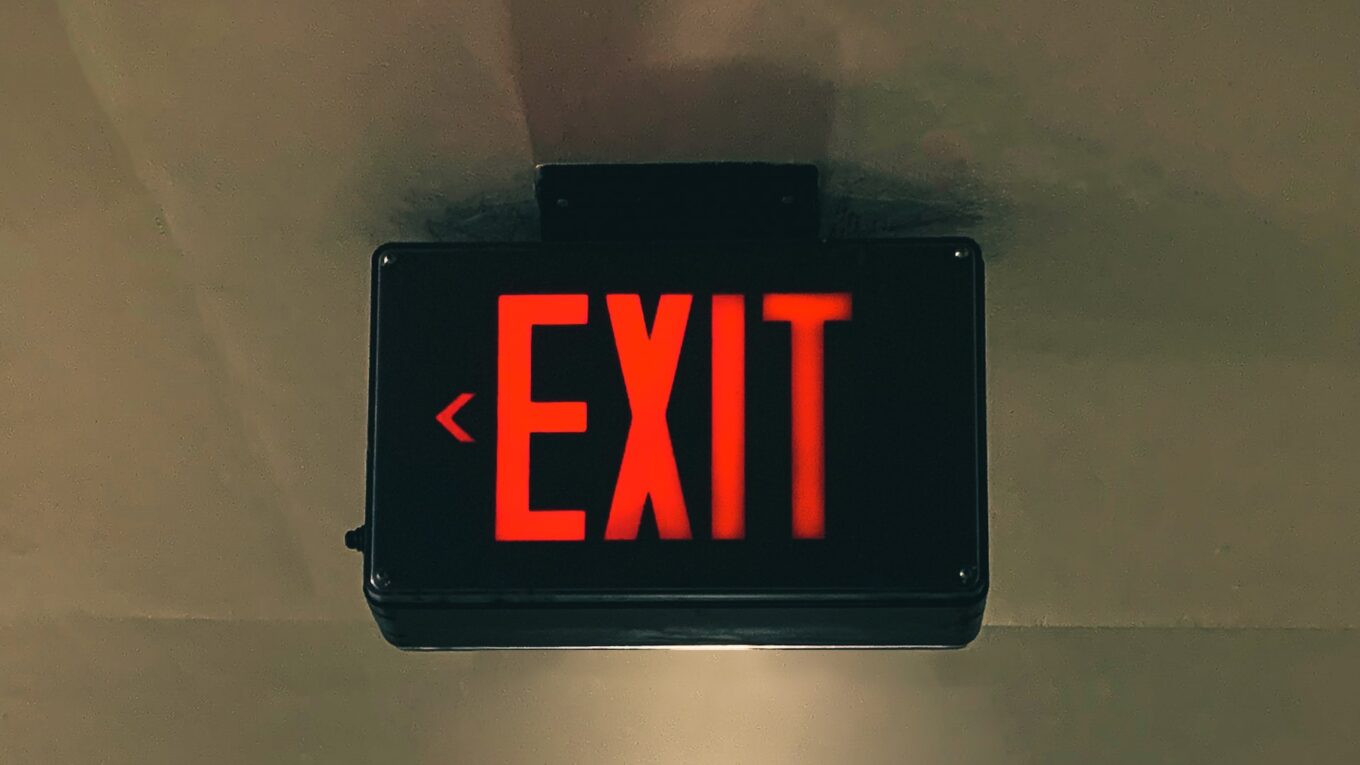Leaving
With less than three weeks until I begin my new adventure with Edvanza as their Head of Learning Experience, my thoughts are torn between all the new things I’ll be doing, the new people I’ll be working with, and the new tools I’ll need to get my head around and what I’m leaving behind. And what I need to do to leave things in capable hands.
What does, or should, a handover document contain? For me, and this is what I’ve been working on, it needs:
- Task & duties – what do I do, how do I do it, and when do I need to which parts?
- Day to day activities – what activities repeat or require daily action on my part?
- Meetings – what meetings do I lead that need a new manager/facilitator, and what meetings do I attend that will now need new team representation?
- Line management – What will a new manager need to know about the work my reportees are doing?
- Projects – what projects am I involved in, either as a core member or active bystander, and what requirements will a new team member need to address as they pick this up?
- Tools & systems – what do I use and for what purpose?
- Admin – this is the largest ‘hole’ in my time and the area where the notes need to be detailed. Providing access to any documents or OneDrive or Teams folders is key, as is making team folders and the like available to at least one person upon exiting the business. Make sure to move any documents from a personal area (eg desktop, OneDrive, etc) to a shared area, and restrict access to sensitive documents if necessary.
- Note: Don’t share passwords or logins, just make sure ownership of anything in my name is swapped over to someone else!
- Housekeeping – when and where, and to whom, will I return my equipment and access ID card(s)?
- Consider the audience – who are you writing this for, and who may see it once you’ve sent it and left? While the immediate audience may be a line manager or business owner, consider the content and any confidential information you may include and if the document is shared more widely than you intend.
Working in a fully remote or a hybrid working pattern can make some of this more complicated than if I was in an office full-time, but that doesn’t mean it doesn’t need to happen. It just means some aspects of this need more careful and deliberate thought to ensure I don’t miss anything. It’s also quite sobering as the list grows (or not) in terms of seeing there, on the paper/screen, a list of just what it is I do every day!
Not every employer or manager will ask for a handover document, but I feel personally obliged to provide it so my colleagues can continue their work unimpeded; knowledge of what I’ve been doing or who I’ve been meeting with will help individuals and the team in the long run.


















